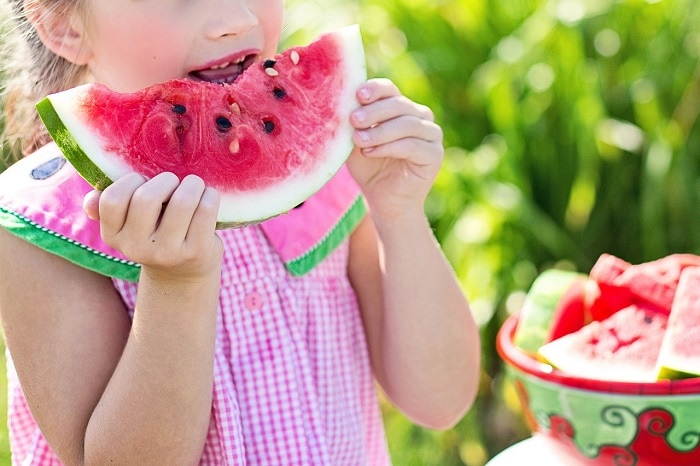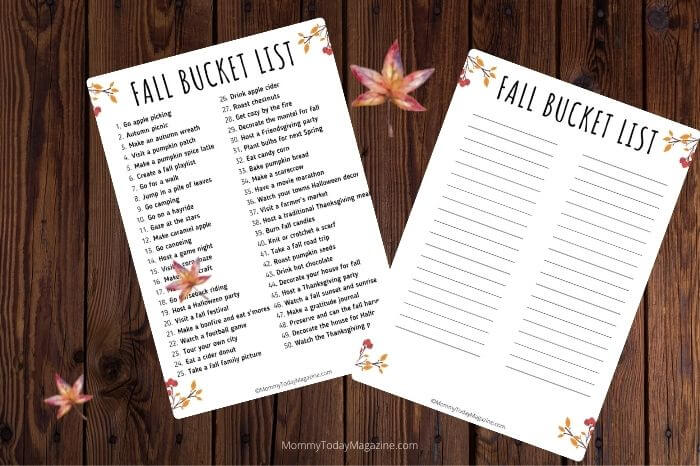12 Ways to Prevent Choking in Young Kids

Babies and small children explore their worlds by putting things in their mouths. Unfortunately, this creates a choking risk with statistics showing that at least one child dies from choking every 5 days in the U.S while 10, 000 others are rushed to the emergency room for treatment of choking-related injuries each year. And these are just the statistics for food choking incidents.
So, if you have one or more kids under the age of 5, it’s highly advisable to be extra careful about food and home surroundings. Below are some useful tips that can help prevent choking incidents.
Prevention Tips for Risk Foods
Food is the leading cause of choking in small kids and accounts for over 50% of choking episodes. Therefore, parents need to take a few precautionary measures during meal times especially when dealing with risk foods such as hot dogs, cheese chunks, nuts and seeds, meat, whole grapes, hard candy, apples and pears, raw vegetables, celery, popcorn, and chewing gum. Some of the safety measures you can take include:
1. Cut food into small pieces and remove all hazardous items like seeds and pits.
2. Instill good eating habits such as chewing food thoroughly and staying calm and unhurried during meal times.
3. Keep young kids sited upright during mealtimes. Postures such as lying down and slouching can lead to chocking.
4. Never leave your kid alone while he/she is eating.
5. Discourage talking, laughing, running, or playing with food in the mouth.
6. Avoid serving high risk foods to kids younger than 4.
Prevention Tips for Hazardous Items
Any object smaller than a D-sized battery is a choking hazard to kids aged 5 and below. Items such as latex balloons and gloves are also choking hazards. To prevent small kids from choking from these items, perform the following tasks.
1. Keep all toys, breakable items, and small objects out of reach.
2. Get to your child’s eyelevel by going on your hands and knees and look for and remove all small items. Remember to also check under mattresses, rugs, and cushions.
3. Instruct older siblings to keep their small toys away from the small kids at all times.
4. Safely dispose all broken and unused small items and toy parts.
5. Remove all loose accessories attached to your child’s clothes.
6. Always check the minimum age recommendation on toys before buying.
While prevention is better than cure, it pays to be prepared for the unfortunate event of chocking. Have emergency phone numbers on speed dial and learn CPR, the Heimlich maneuver, and other first aid steps for assisting choking babies.






